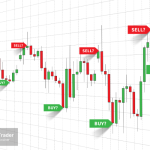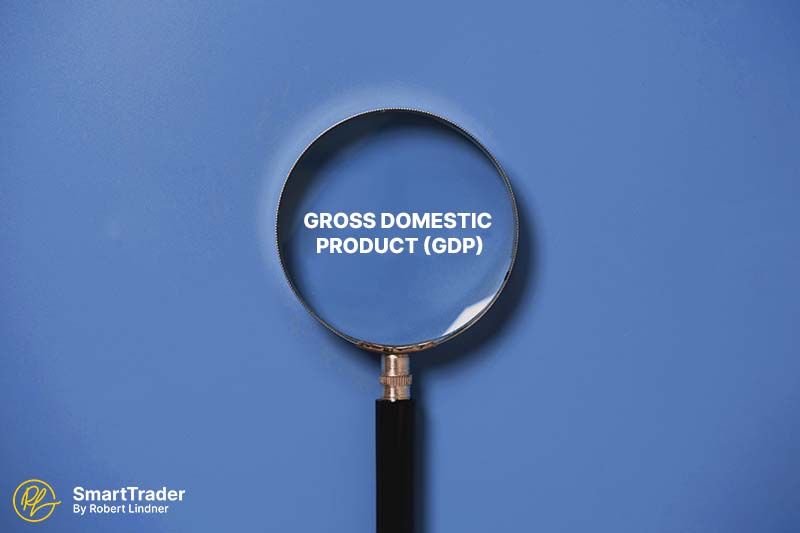[‘je ‘de ‘pê]
GDP stands for Gross Domestic Product, which is a measure of the total value of all goods and services produced within a country during a specific period of time, usually a year.
What is Gross Domestic Product (GDP)?
Gross Domestic Product, or GDP for short, is a metric used to measure the economic output of a country within a particular timeframe, usually a year. This indicator reflects the total value of all final goods and services produced within a country's borders, regardless of the nationality of the producers. This means that both domestic and foreign firms are included in the calculation of a country's GDP. In other words, GDP measures the size of a country's economy and is often used as a gauge of its economic health.
There are different ways to calculate GDP, but the most common method is to add up the value of all goods and services produced within a country, including consumer goods, investment goods, government purchases, and net exports (exports minus imports). GDP is often adjusted for inflation, so that changes in prices do not affect the comparison of GDP across different periods.
Key Takeaways
- GDP is a measure of the total value of goods and services produced within a country, reflecting its economic activity over a specific period.
- Because GDP reflects a country's economic activity, it is often used as a key indicator of a country's economic health and standard of living.
- GDP can be calculated using different approaches, including the income, expenditure, and production methods.
- GDP only measures the total value of goods and services produced within a country and does not take into account how that income is distributed or how it affects quality of life.
- GDP can be influenced by many factors, including government policies, natural disasters, technological advances, and global economic conditions. As a result, changes in GDP can have significant impacts on a country's economy and its citizens.
Example of Gross Domestic Product (GDP)
A country produces the following goods and services in a year:
- 10,000 loaves of bread at $3 each
- 500 houses at $200,000 each
- 1,000 medical consultations at $100 each
- 500 restaurant meals at $50 each
- 50,000 gallons of gasoline at $2.50 per gallon
To calculate the country's GDP, we would add up the value of each of these goods and services. The total value of bread produced would be $30,000 (10,000 loaves x $3 per loaf), the total value of houses produced would be $100,000,000 (500 houses x $200,000 per house), the total value of medical consultations would be $100,000 (1,000 consultations x $100 per consultation), the total value of restaurant meals would be $25,000 (500 meals x $50 per meal), and the total value of gasoline produced would be $125,000 (50,000 gallons x $2.50 per gallon).
Adding all of these values together, the country's GDP for the year would be $100,280,000. This gives us an idea of the total economic activity that took place in the country during that year, although it doesn't tell us anything about how that income was distributed or how it affected people's well-being.
Back to Glossary.






